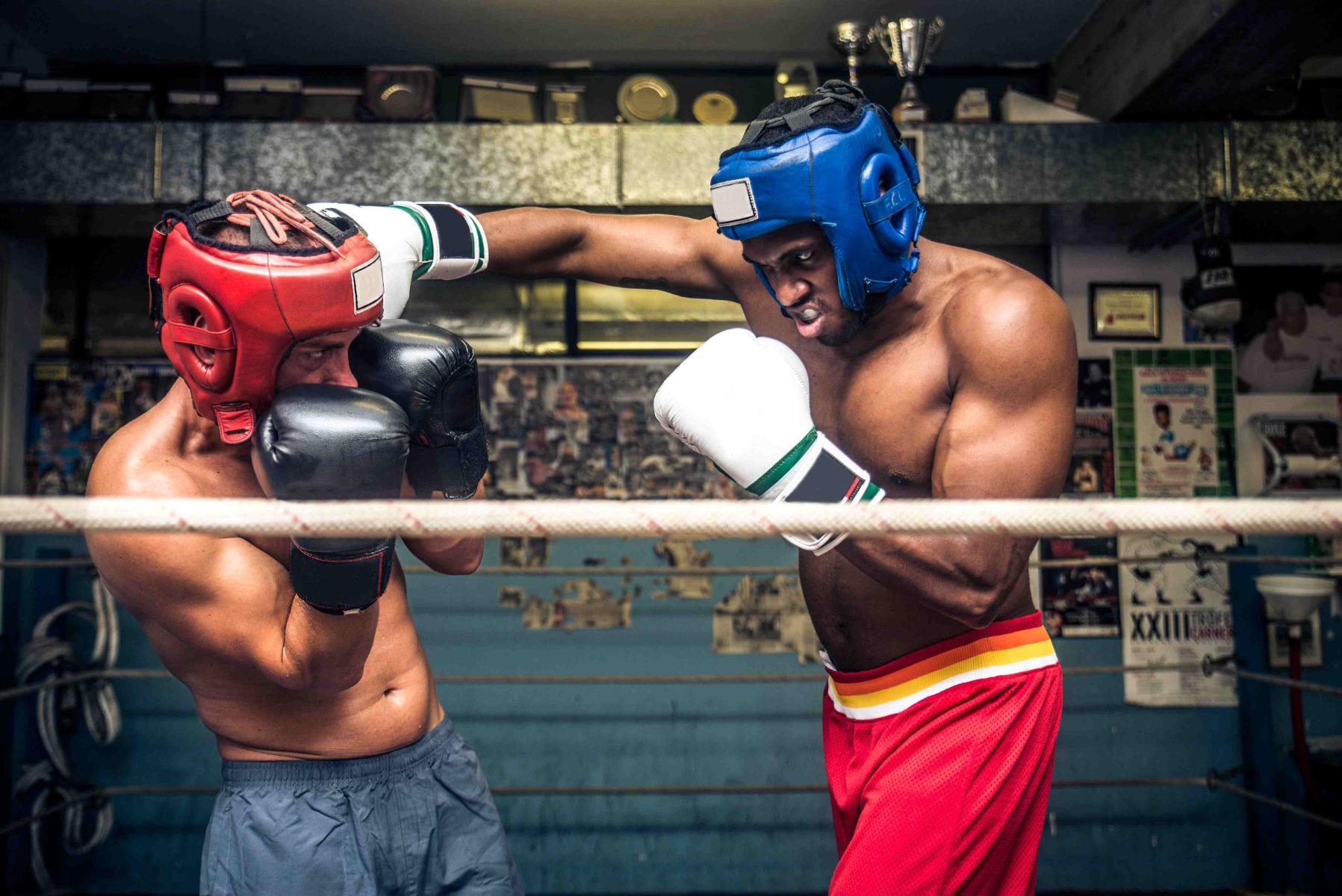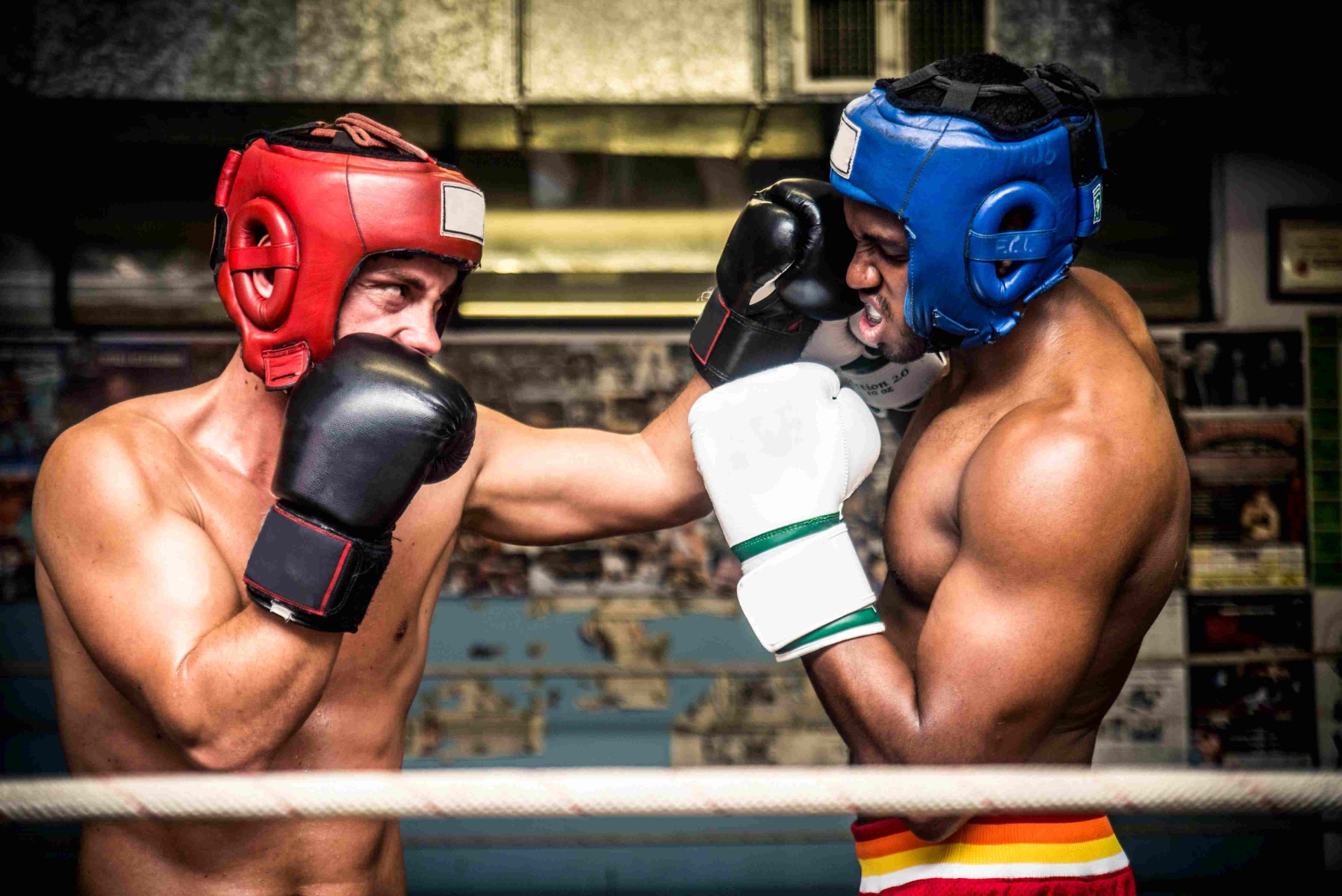- Home
- Blog
- Active Life
- Boxing for Beginners
Build your boxing toolkit with this handy beginner’s guide.
If you’ve always had an interest in boxing as a fan, or you’ve thought about donning some gloves and sparring as a way to get a little bit fitter, but you don’t really know where to begin…then this guide is for you!
Boxing is a great form of exercise because it works out a number of different areas, not just the obvious. Along with developing your upper body muscles, you will improve your agility, balance and flexibility, strengthen your leg muscles and improve your hand-eye coordination too. You will be engaging your mind making sure your brain is working as quickly as those fast feet. What’s more you’ll burn a good number of calories in the process. But as every well-known boxer has stated you will require a great deal of discipline if you are to see improvements in your fitness and technique.
As a beginner boxing, we recommend that you learn the basic fundamentals of the sport, and learn the correct technique from the outset. Be aware of what you should and shouldn’t be doing to have good technique from the start.
What you shouldn’t be doing
Lowering your Guard
Keep your guard up, as you will have seen in any boxing movie! This is how you protect yourself. In essence it’s a simple concept, but many boxers (including professionals) at times, lower their guard leaving them open for that knock out punch. By keeping your guard up protecting your temple and chin, you are making it harder for your opponent to get a sneaky right hook on those delicate areas.
As a beginner it’s harder to keep your guard up, have you felt how hard it is to hold your arms up to your face for a prolonged period of time? Couple this with moving around and throwing punches; boxing is tiring, especially if you’re new at it, and the first thing to lower is the guard. Even if you are not sparring, in training you should always be working on keeping your guard up. This will be burned into your muscle memory over time. So, if you are in a fighting situation, your guard will stay up when you need it to.
Breathing Bad!
It goes without saying, breathing is essential, of course, we know this. But breathing in boxing is crucial if you want to keep your stamina up, and get enough oxygen to those muscles that are working hard in a fighting situation.
You breath differently when boxing, and when on a fight you will have a mouth guard in too. We suggest using a mouthguard in training as soon as you can, so you get used to this before a fighting scenario. Remember to breath through your nose when moving and punching. A sharp inhale and exhale when you are moving will improve your endurance, getting your body and your muscles the oxygen they need in your fight to victory.
Don’t Bypass the Basics
It’s important to nail these from the start. Don’t try skip over them with your fancy footwork, wanting to get straight to the punching and ducking, because it won’t benefit you in the long run. Practice the basic punches such as the jab, cross, hook and uppercut (read on to learn more about these). Learn how to block and parry, and as we mentioned earlier, how to keep your guard up!
Forgetting the Footwork
Beginners can be eager to get into the sparing, but arguably the footwork is more important than the punches themselves. Remember Muhammad Ali’s famous quote ‘float like a butterfly, sting like a bee’. Well, you can’t do the stinging without the floating first.
Footwork finesse will enable you to dance around the ring, giving you a range of options, leading to advantages when fighting. You will be able to control your opponent rather than the other way around.
Giving Up!
Be prepared to be in it for the long haul. You might not see improvements as quickly as you would like. Remember the expert in anything was once the beginner, and most professional or experienced boxers, have trained for years. Everyone learns at a different pace, stick to your own lane, notice and celebrate the small achievements and don’t forget to enjoy the journey.
Now we have looked at the don’ts, here are the do’s…some top tips for boxing beginners.
Keep your Head Up
Lots of beginners tend to look to the floor whilst punching, keep your head up and your eye on your opponent at all times.
Hydrate!
Whether training, sparring or competing, always drink lots of water. Training to box is hard work, you sweat…a lot! So, you have to replenish what you’re losing. This will help to keep your energy levels up too.
Keep your Punches Light and Sharp
Don’t focus on that knockout punch, or always punching with power. This will isolate your shoulder and arm muscles, not only leaving you open to injuries, but also using more energy than you need to. You should be using your entire body when punching, trying to keep your body as relaxed as possible, especially for a power punch.
High Hands
Whilst your guard is up, your hands should be high, but your elbows low and close to your body, with your chin down. Adopt this positing, even when hitting a bag.
Remember the Body!
In a fighting situation, don’t just aim to hit the head. Body shots are very important too. Especially in a competition when the final decision could be made on points. Experienced boxers tend to refer to the term ‘hit the body and the head will follow’.
We have eased you in with some basic dos and don’ts. Read on to learn about how to take on some of the basic boxing moves. Combine the tips we have given you, with some of the guidance below, and you will be well on your way to developing your boxing technique.
Basic Boxing Stance
This is called a stagger stance and will help keep your balance, whilst keeping your hips free to swing for punching power. In a boxing match this stance also makes you a smaller target for your opponent to hit.
Start with your feet shoulder width apart.
If you’re right-handed, place your right foot back to support your balance.
If you’re left-handed left foot behind. Your behind toe should be lined up with your rear heel.
Slightly turn your lead shoulder towards your opponent (or bag).
Bend your knees slightly.
Jab
This jab, is the quickest punch which uses the least amount of energy.
Begin in your stance.
Extend your front arm straight in front of you.
At the same time step forwards with your front foot.
Your hand and foot should connect simultaneously.
This should be actioned as fast as possible.
To reset – Pull your glove back to your face as fast as possible.
Cross
The cross is usually referred to as your power punch, as you can put your whole body into it.
Start in your stance.
Step your front foot forwards, rotate your hips & pivot your rear foot forwards, extend your rear arm straight out.
The rotation of the hips sends the arm diagonally across to your opponent.
Remember to keep your weight even in both your legs.
To reset – pull fist back to face quickly.
Hook
This is a short-range punch, remember to keep your opposite hand up guarding your face.
Begin in your stance.
Raise your front elbow up, parallel with the floor.
Pivot on your front foot to turn your knee and roll hip over for more power.
Everything should rotate at the same time to connect.
Keep your arm at a 90-degree bend, and don’t extend through the punch.
This can be repeated in the same position with the rear arm (rear hook).
Uppercut

This is a short-range shot. Keep your opposite fist guarding your face.
Boxing stance.
On your lead side (the side that is in front) drop your shoulder, bend your knees slightly, to lower yourself and prepare to give you some power.
Keep your arm bent and throw the punch up from the lower position.
At the same time turn your hip and pivot your foot.
Don’t curl your arm. The power for this punch comes from your legs, not your biceps.
To reset – pull your fist back to your face as quickly as you can.
To finish your introduction to boxing, here are two defensive boxing moves you can add to your basic boxing toolkit.
Slip
Slipping is a defensive boxing technique, which puts you in a strong position to counter an opponent’s punch.
Start in your boxing stance with your guard up.
If your opponent aims a punch towards your right side, rotate from your waist to the left.
Drop your left shoulder, bend your knees & crunch to the left.
You will slip outside the line of the opponents aim.
This is the same if your opponent aims to your left. Simply repeat the move to the right instead.
Duck
Another defensive technique, unlike slipping you’re ducking under the shot, and rising up like the phoenix that you are to deliver your counter punch to your opponent.
Start in your boxing stance.
As your opponent throws a punch towards you, send your hips back and bend your knees (a bit like a squat).
Shift your body weight from one leg to the other as you rise up.
We hope we have given you some good pointers to start you off with your boxing training. We would always suggest consulting a professional, or qualified trainer to get the best guidance where possible.
- Active Life (27)
- On the Bench with... (1)
- Your How to Guides (5)












